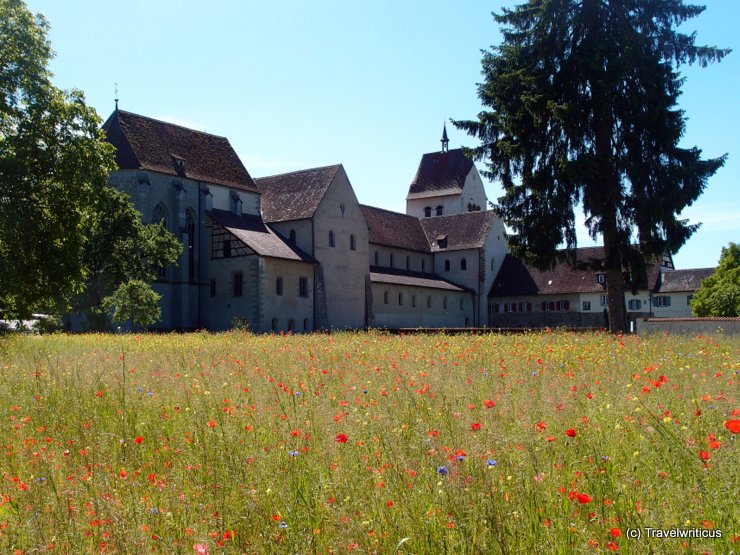
Reichenau Abbey was founded in 724 by Saint Pirmin. Later the abbey became famous for the Reichenauer Malschule. This term comprises lavishly illuminated manuscripts created during the late 10th and early 11th centuries.
You only see what you know (Goethe)

Reichenau Abbey was founded in 724 by Saint Pirmin. Later the abbey became famous for the Reichenauer Malschule. This term comprises lavishly illuminated manuscripts created during the late 10th and early 11th centuries.
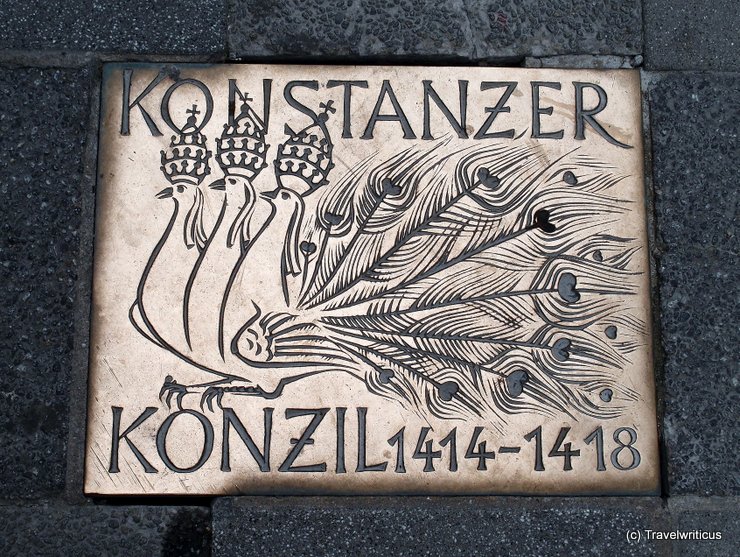
In the streets of Constance (Konstanz), I came across this depiction of a three-headed peacock. Each head wore a tiara. What is the meaning of this strange combination? It is an allusion to the Three Popes Controversy.
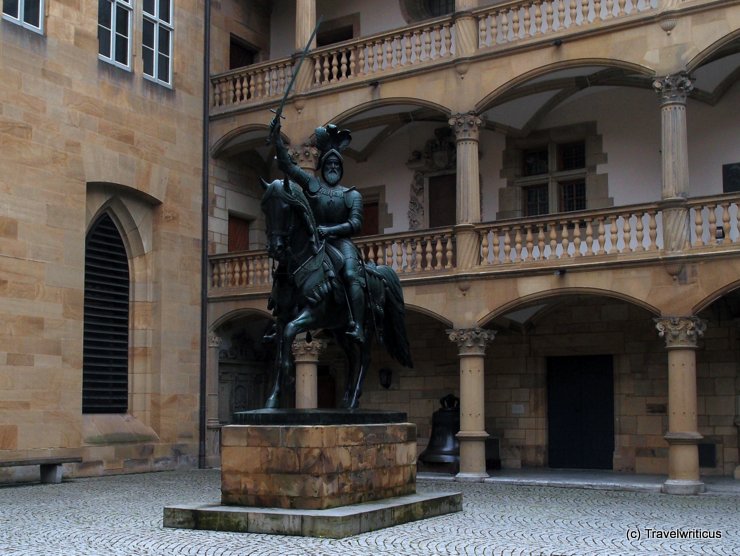
Eberhard I (1445-1496) is considered the first Duke of Württemberg. He is also known as Eberhard im Bart (Eberhard the Bearded). This equestrian statue made of bronze stands in the courtyard of the Altes Schloss (Old Palace) in Stuttgart. [German]
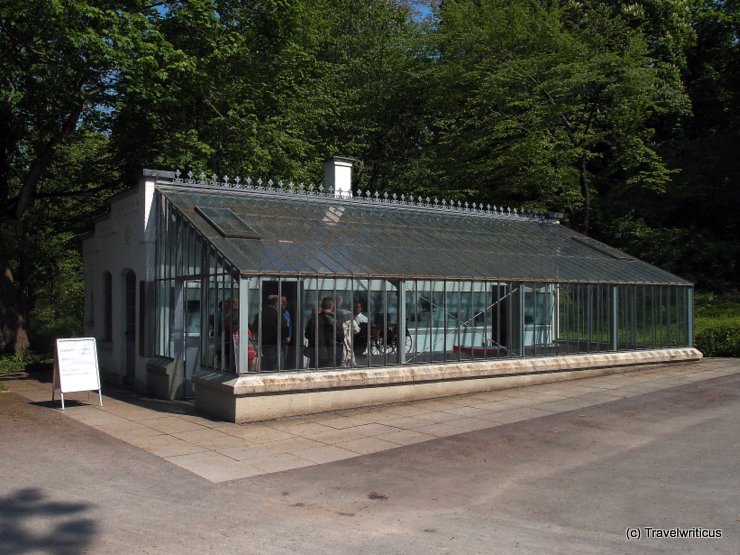
This garden house, owned by Gottlieb Daimler, housed the workshop and testing station where Gottlieb Daimler and Wilhelm Maybach used to work on their latest inventions.
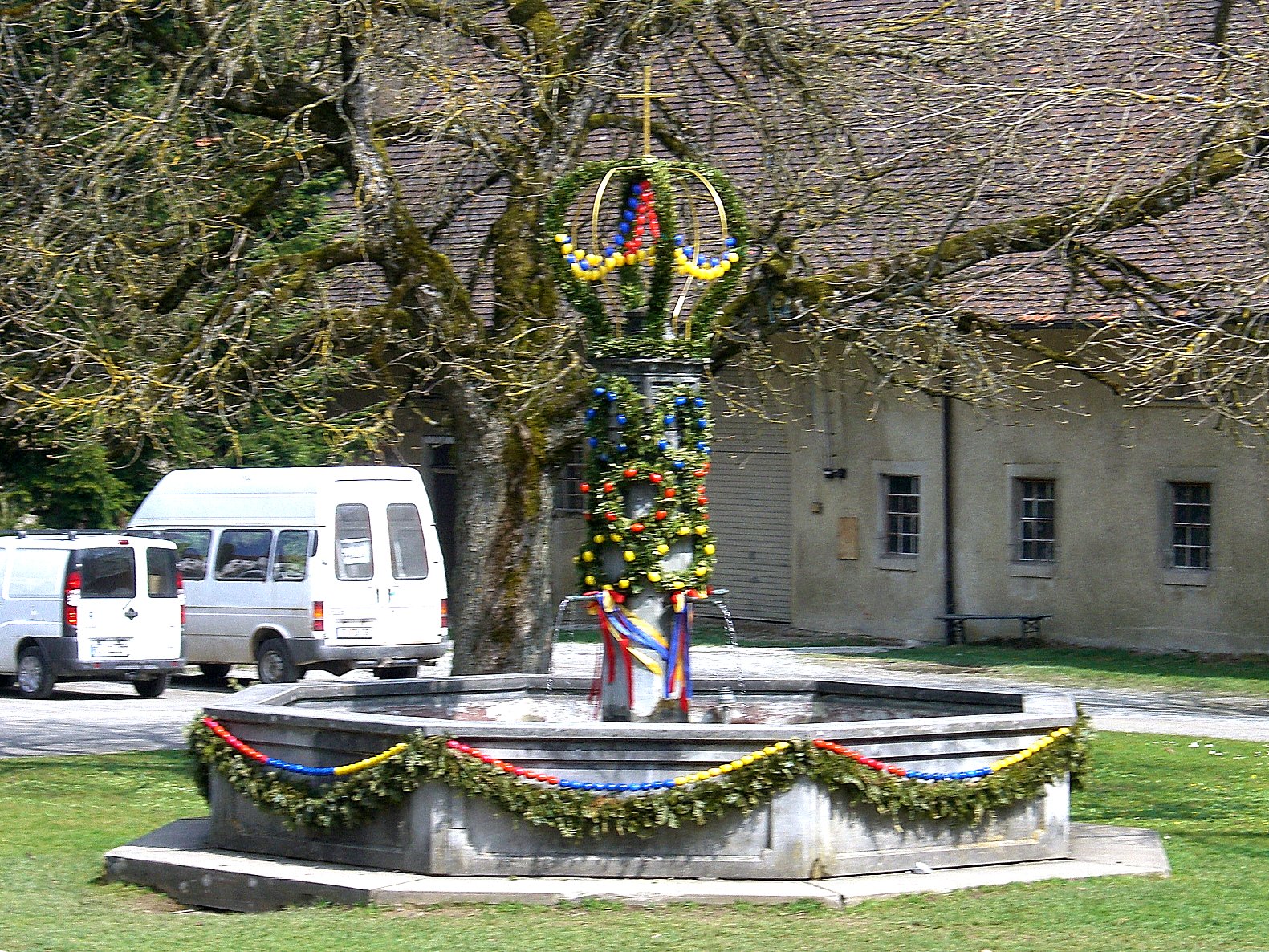
Decorated Easter Wells (Osterbrunnen) are a German tradition dating back to the early 20th century. The first examples developed in Franconian Switzerland (Fränkische Schweiz). In the meantime, more and more Easter Wells and Fountains have arisen in other parts of Germany.
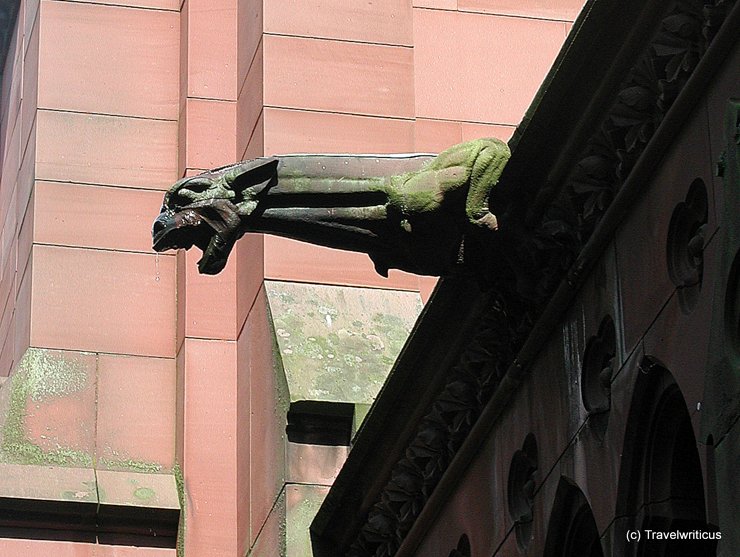
The Sepulchral Chapel (Großherzogliche Grabkapelle Karlsruhe) was commissioned by Grand Duke Friedrich I of Baden and his wife, Luise of Prussia. Five of seven Grand Dukes of Baden found their last rest in this chapel.
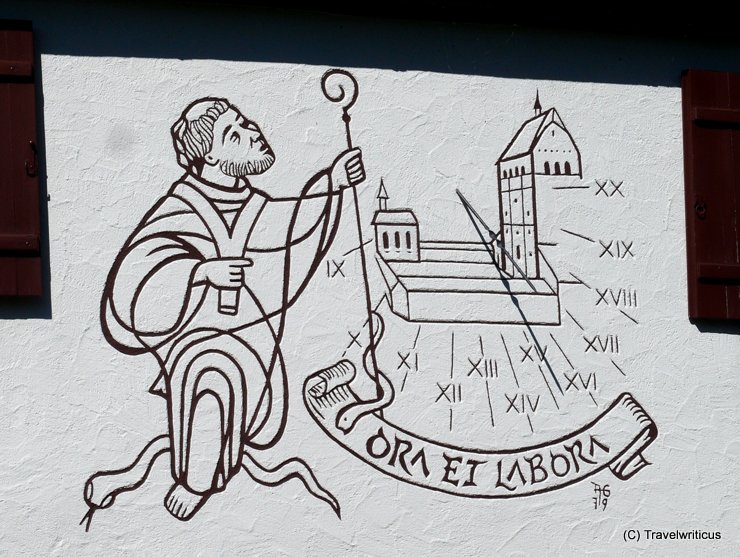
This sundial is located on a wall of Reichenau Abbey on Reichenau Island. It shows not only the motto ‘Pray and Work’ (ora et labora) but also Saint Pirmin, the founder of Reichenau Abbey. The two snakes refer to the fact that he is considered to be a patron against snake bites.
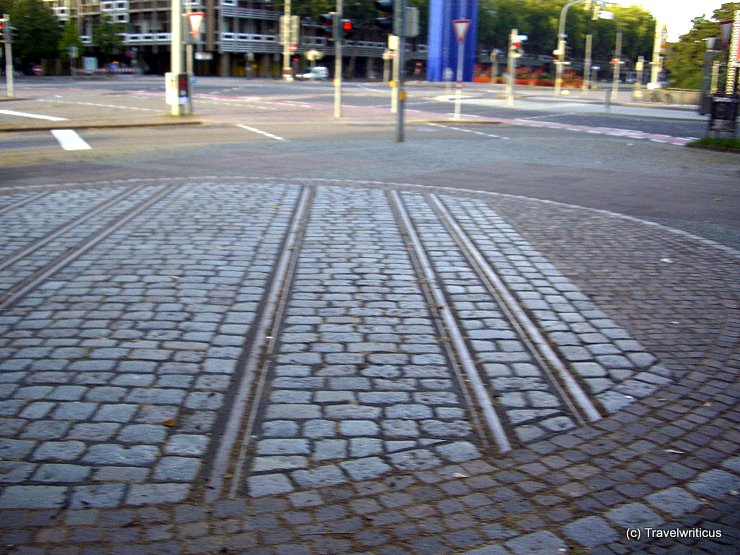
An interesting detail in the streets of Karlsruhe: The remains of a former dual-gauge railway which used three rails.
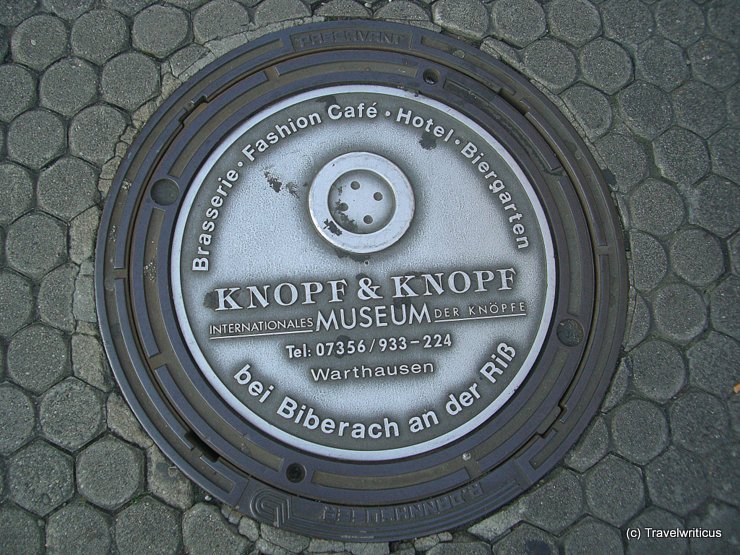
An Museum of Buttons (Knopf & Knopf Museum) advertises on this manhole cover in Mannheim. Together with a brasserie and a hotel, it fills a former railway station building in Warthausen. The building is located directly on the Öchsle Heritage Railway. [German]
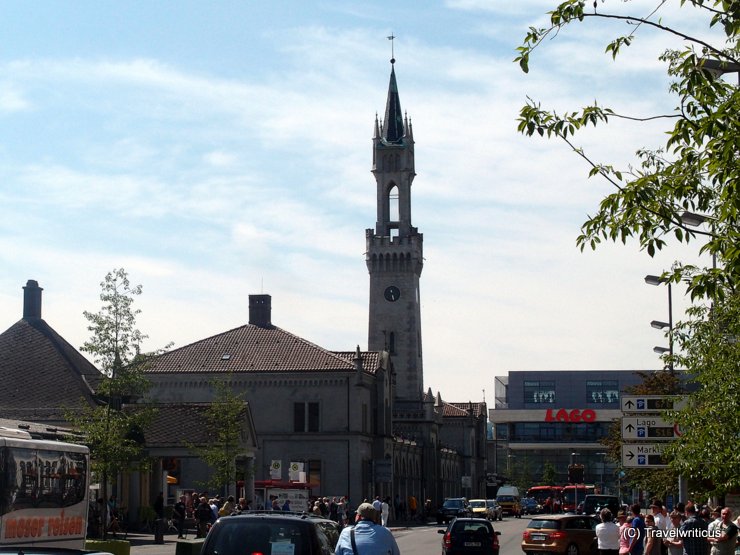
Konstanz Hauptbahnhof, the central station of Konstanz (Constance), opened to the public in 1863. The architecture consists of a mixture of neo-Gothic and Renaissance. The model for the tower was the Palazzo Vecchio in Florence. [German]
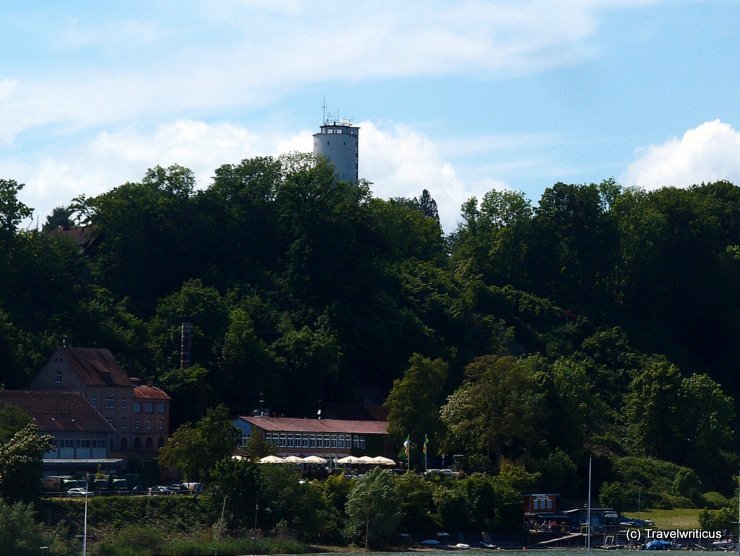
While crossing Lake Constance from Meersburg to Constance by boat, I took this photo of a conspicuous white-coloured tower named Otto-Moericke-Turm. It is a former water tower. Today, it houses a youth hostel.
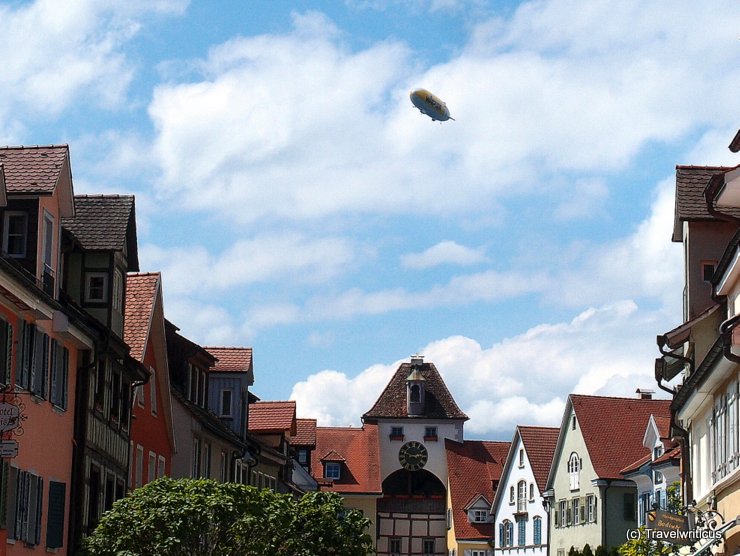
While walking through Meersburg, a modern airship suddenly appeared over the city’s roofs. I later learned that this was not an uncommon sight. Several nearby companies offer sightseeing flights over Lake Constance.